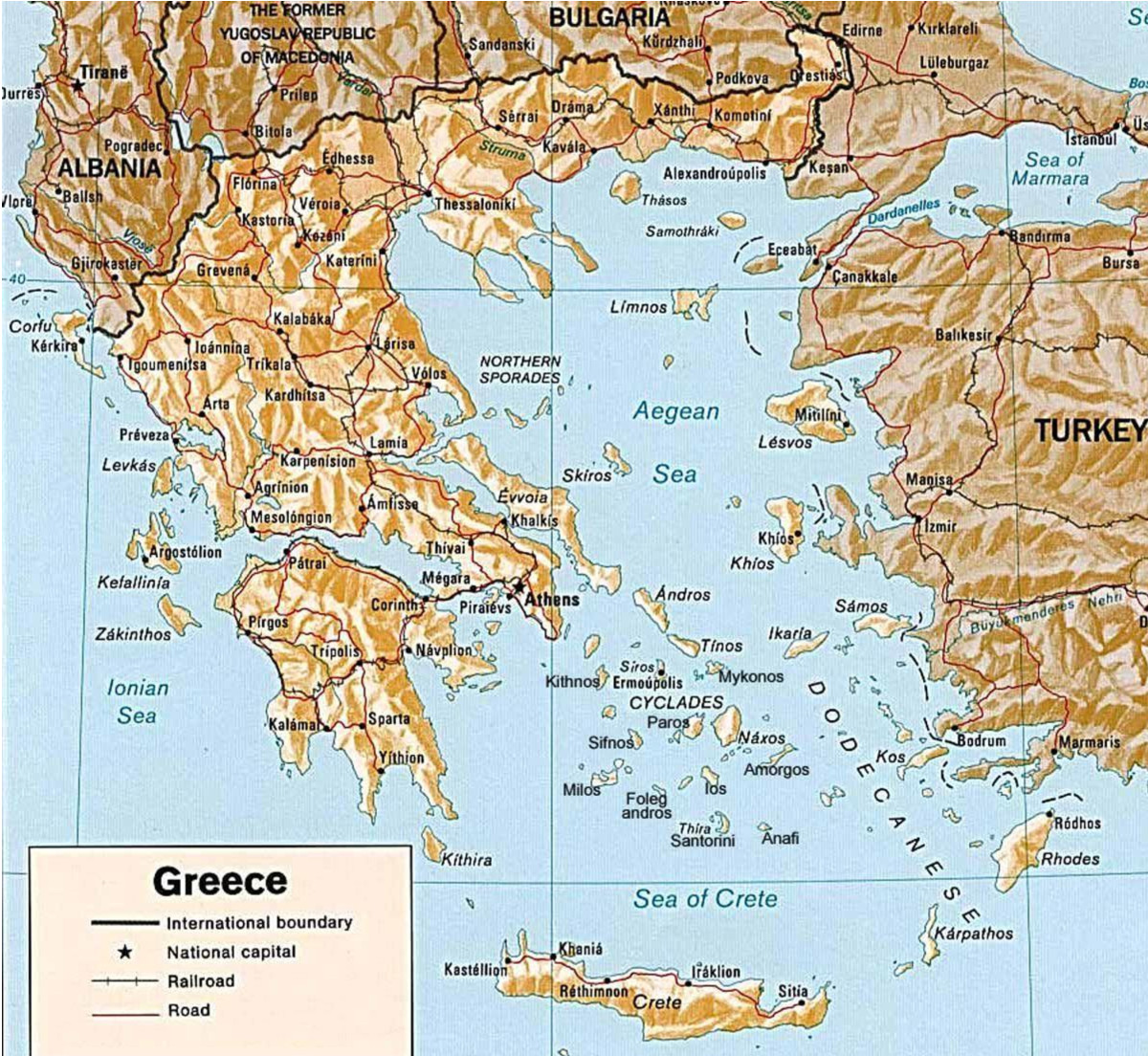I would not call him an amateur. He has carried out some decent studies on the medieval sites in north west and on ancient trades in xiis etc.Its what @TheLand said he's just an amateur who knows nothing about the area.
He has an interesting take as to why he refuses to call those ancient people Somalis. Somalis need to debate him without crying racist or acting like obsessed stalkers.


